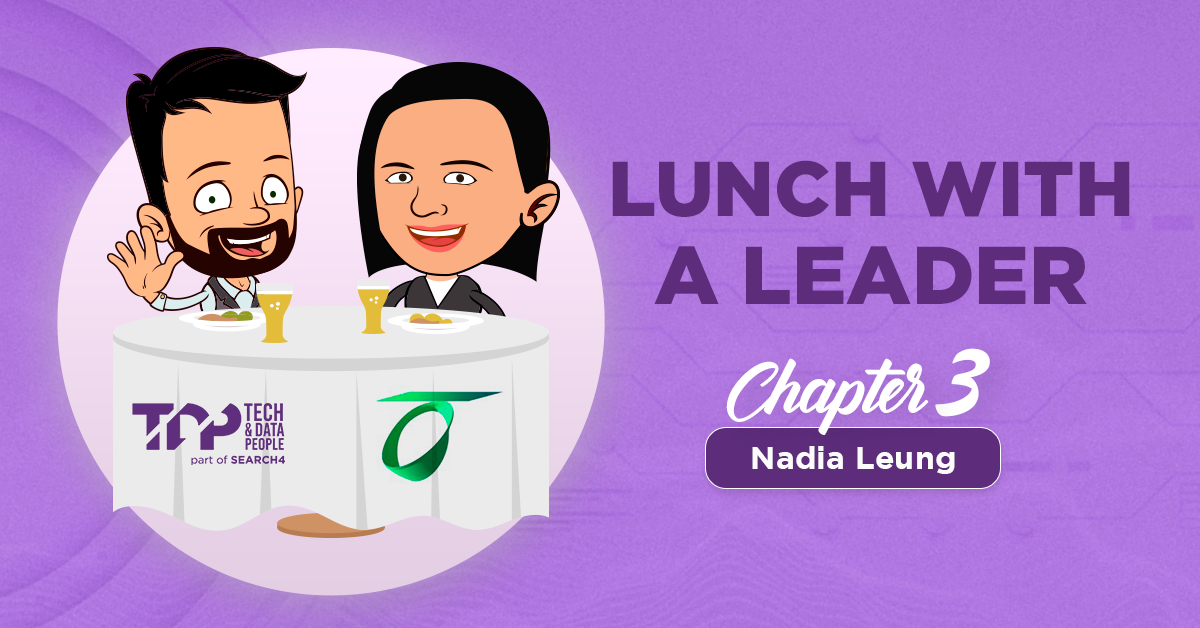Blogs
What are the most important qualities of a good candidate?

Finding a job can be rough. So you need to make the most of every advantage. It makes sense to explore the question: what are the most important qualities of a good candidate? The reasons are compelling.
First, when you know what someone wants, you can give it to them. You’re not going in blind. You can focus on what is more prone to land you the job. Second, you can customise your resume to a potential employer's values. Zone in on the key points from the job description and cut out the fluff — more on this below. Lastly, when you know what truly matters to potential employees, you can more effectively target jobs that fit you.
So what are the most important qualities of a good employee? That’s the very question we took to our network of recruiters and clients. The following are the results of our
Linkedin research and some advice on making the most of each insight.
57% OF EMPLOYERS SAY A GOOD ATTITUDE IS THE MOST IMPORTANT QUALITY
A candidate could bring any number of qualities to a job. From previous experience to a patented technology they have created. So why do most companies claim attitude to be the most important quality of a good employee?
Here are three reasonable reasons why:
- A good attitude gives you power, as it causes others to desire your company, i.e. they will want your attitude within their organisation
- Attitude gives an impression of how you will work with, respond to and lead others
- Attitude shows how serious you are about the job
Whether or not you’ll be working with a team or leading one, your attitude communicates much more than any resume or cover letter.
How do you present the right attitude?
Here are six powerful ways to exhibit your upbeat attitude:
- The way you dress. Always dress appropriately for the job interview.
- Posture. Stand and sit up straight. Give a firm, confident handshake looking the other person in the eyes.
- Smile. Never miscalculate the power of a smile . It communicates your enthusiasm and excitement for the job.
- Eye contact. Look people in the eyes. It keeps you focused on what they are saying. This brings us to…
- Active listening. Showing you’re a good listener signals your ability to follow through on tasks or projects. Demonstrate you’ve been listening by repeating parts of what is said to you. e.g. “As you mentioned, you’re looking for someone with experience with Procor software…”
- Focus on the positive. Instead of talking negatively about previous employers, failures or weaknesses, focus on what you’ve learned or how you’ve grown from your experiences.
19% OF INTERVIEWERS BELIEVE THE MOST IMPORTANT QUALITY OF A GOOD EMPLOYEE IS THEIR SKILLS OR PREVIOUS EXPERIENCE
A huge chunk of any resume is for your skills and experience.
But with 19% of potential employees judging you on the skills and experience you list, how do you know which ones to mention?
Well, commit to
customising your resume for each job by researching the company and role.
Reflect on any expectations or values you discover in your resume. Ensure you’re being honest.
Ok, what if you discover that you don’t have every skill required for the job?
It’s not a failure by any means.
Try this:
- Enrol in online courses like the ones you find on Udemy .
- Enrol in University . You can attend part-time or online. Businesses may see this effort and employ you. They may even offer to pay some of your tuition fees.
- Internships .
- Yes, there are paid internships, but even unpaid internships can be a great entry point into some businesses.
- Volunteer or work for free . Offering your time for free means you’ll have opportunities to grow your network and acquire more skills. Overall, similar to internships, it’s an investment towards future possibilities.
- Take time to reflect . Ask yourself if you’re applying for the right jobs.
18% OF EMPLOYERS SAY THE MOST IMPORTANT QUALITY IS GROWTH POTENTIAL
Growth potential is whether or not an employee has the necessary skills and qualities for a future leadership or management position. That is… are you management or leadership material?
Three ways to communicate your growth potential in a job interview:
- Know how to tell your story . Be prepared to articulate where you’ve come from and where you’re going.
- Ask quality questions . Think outside the box; which questions display your understanding of the company and role?
- Be confident. If you’re applying for a job, you obviously believe you have something to offer. So, act like it. But don’t be too confident, as this can put people off.
ONLY 5% CARE MOST ABOUT THE SALARY
While only a small portion of hirers prefer cheap labour over potentially paying for someone with more experience or qualifications, the good news is that most understand the phrase you get what you pay for.
The caveat here is to prepare, prepare, prepare.
Know the
salary range in your sector/preferred job. This way, you’ll know when you’re getting a decent offer or if the opportunity outweighs the pay.
You’ll also discern how serious the employer is and whether they truly see your value.
To learn the average salary range in your sector, go here:
Salary Guides .
SO NOW YOU KNOW WHAT MATTERS…
Now you know what the most important qualities of a good employee are (in the eyes of a potential employer), the question is, what will you do with this information? Will you adapt your interview style or be more selective when applying for jobs? Or has a light gone on as to why you haven’t had any decent job offers?
Whatever realisation this article has evoked…
TDP is here to help you navigate your job search journey; To help you find a job that’s right for you.
There are three ways we can help you see progress in your job search:
- Click here to start searching the complete job database.
- Read . Knowledge is most definitely power. So please, check out more helpful articles for job seekers on our blog .
- Upload your CV. We can better assist you in finding the right opportunity for your skills and experience if you submit your resume.











